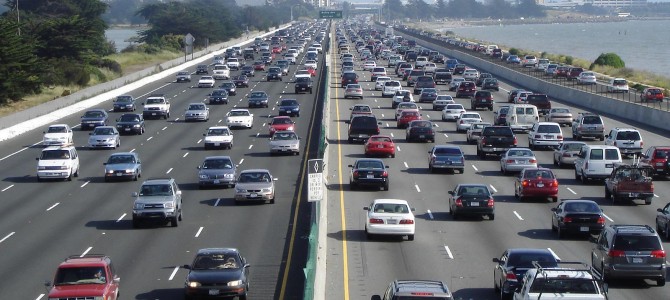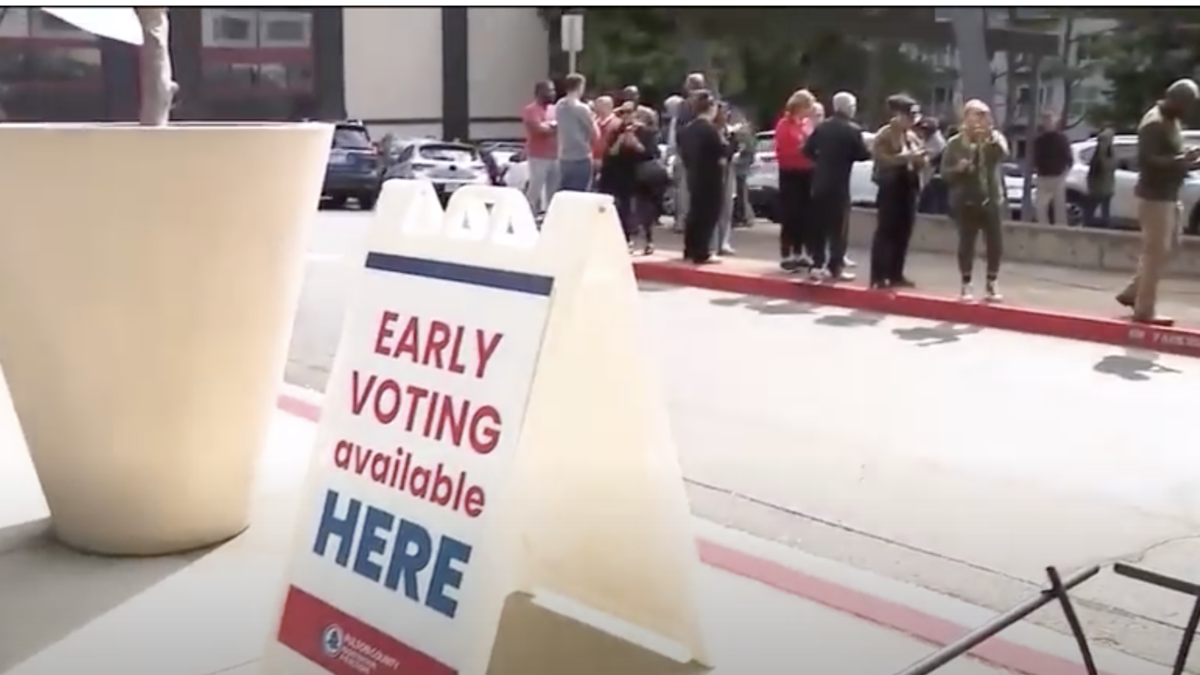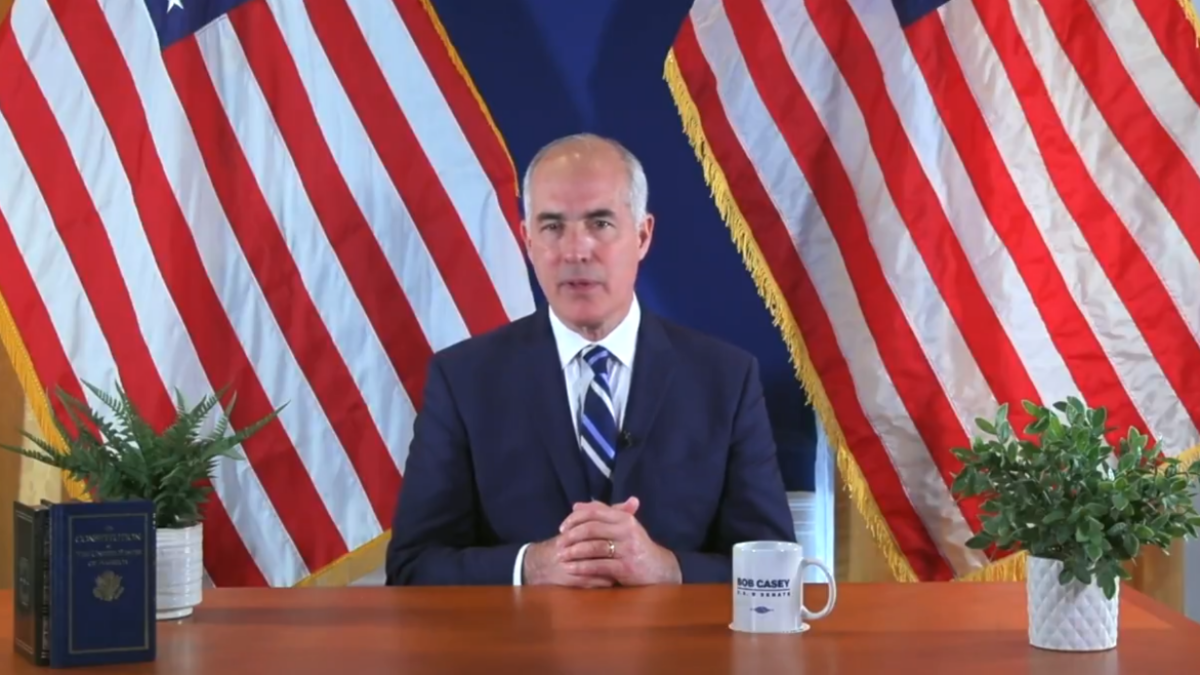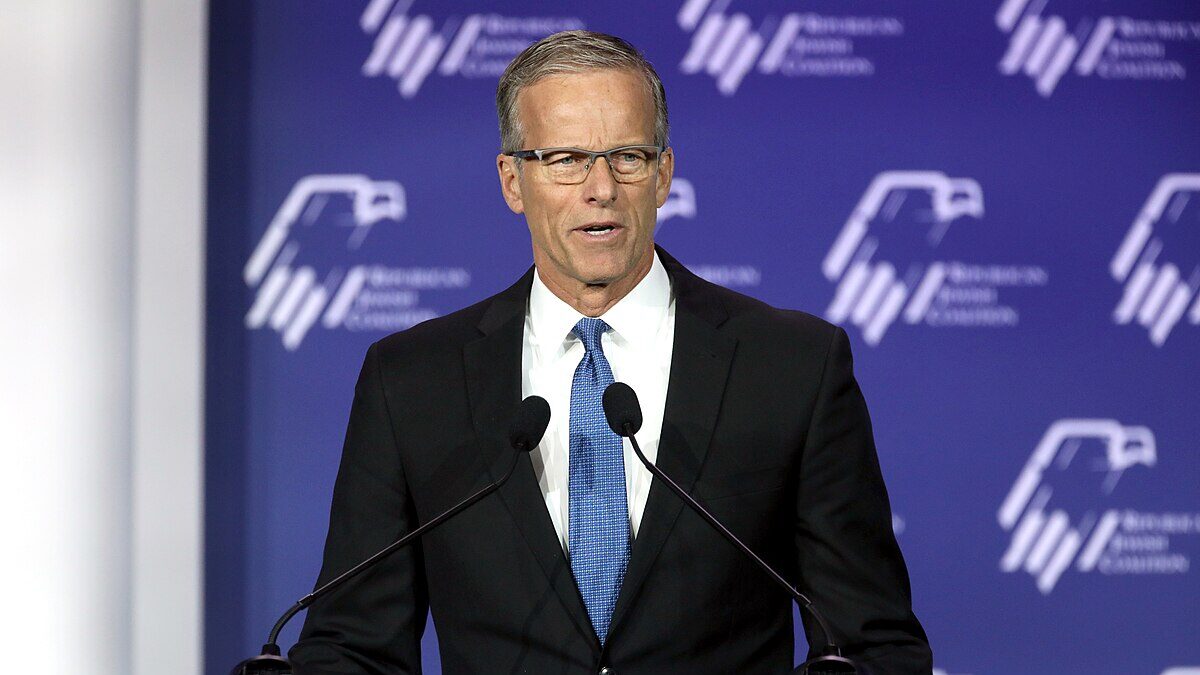
A recently released U.S. Census Bureau report concluded the poverty rate in America was flat from 2013 to 2014, with poverty holding steady at 14.8 percent, meaning 46.7 million Americans are considered poor. The poverty rate remains 2.3 percent higher than in 2007, before the onset of the Great Recession.
Unsettlingly, the poverty rate increased last year for only two groups: college graduates and married-couple families. Perhaps the last six years’ policies haven’t been all that beneficial for the middle class and intact families.
Two factors omitted in calculating the poverty rate make the Bureau’s numbers bogus. The report fails to consider that average rent for a one-bedroom apartment in San Francisco is almost three times that in Houston. It also doesn’t count all the benefits taxpayers provide to the less fortunate, such food assistance and Medicaid. As a result, poverty is seriously understated in high-cost states such as California and New York, while poverty is overstated in the low-cost South and Midwest.
Taking Alternative Measures
To correct the official poverty calculation’s shortcomings, the Census Bureau developed an alternative poverty rate over the last two decades. The Supplemental Poverty Measure does take into account the variable cost of housing and a wider range of non-cash benefits and costs.
When this measure was introduced five years ago, it didn’t get much notice until its second year included state-by-state poverty rates. This new data revealed that California, not a state traditionally thought of as poor (such as Mississippi), had the nation’s highest true poverty rate.
California maintained its highest in the nation poverty position for three years running, through last year’s report. Unfortunately, Census changed its survey methods in the 2013-14 cycle, leading to a line break in the data and no state-specific reporting this year. However, regional trends showed poverty declining in all regions but the West from 2013 to 2014, with the West, more than half of which is California, seeing an increase of poverty from 17.6 percent to 18.4 percent.
A California-Sized Problem
Extrapolating California’s average Supplemental Poverty Measure for 2013 and 2014 yields a likely poverty rate of 22.3 percent. California’s supplemental poverty rate is proportionately 44 percent higher than the U.S. average.
Even absent state-specific reporting, poverty’s increase in the West can safely be ascribed to California, which might seem counterintuitive, given the soaring economy in Silicon Valley. California’s dirty little secret is its high living costs caused almost entirely by government restrictions on land use, creating artificial scarcity in the housing market.
As the job market tightened in California and more people found employment, the poverty rate ought to have gone down. But with jobs comes demand for housing. When government interference means the housing market can’t respond quickly enough, rents and mortgages quickly outstrip job gains, further straining young households often dealing with the double burden of student debt and an overpriced loft in San Jose.
As I’ve mentioned here before, local property rights restrictions are a big driver of cost of living differences between states, while the degree of urbanization—oft-used by blue-state progressives to excuse the high cost of housing in the states they run—has no statistical effect. That government interference in markets artificially distorts those markets should come as no surprise.
In California’s case, restrictions on property rights can take many forms: development fees, land swaps to placate environmental lawsuits, and greenhouse gas emission considerations all conspire to make the Golden State the third-worst state for property rights, just behind New Jersey and Maryland, per the Mercatus Center at George Mason University’s Freedom in the Fifty States index.
Policy Creates Sluggish Commutes
So, restricting property rights hurts the poor by driving up the cost of rent, but what about middle-class homeowners—they benefit, don’t they?
Not if they have a job. Comparing average commute times in the states to the degree of urbanization, land use freedom, and per capita spending on road construction shows, unequivocally, that urbanization has no meaningful statistical link to commute times when considering these other two factors—rather, the freedom to build to meet demand for housing or industry and the money spent on new road construction are strong predictors of commute times. Put simply: honoring property rights reduces commute times and is just as important as spending money to build roads.

Removing capital road spending as a predictor and looking at urbanization and property rights weakens the predictive strength of the model while bringing the degree of urbanization into statistical significance, although not strongly, with higher levels of urbanization being associated with longer commutes. Land-use freedom remains a stronger predictor of average commute times than urbanization.
The statistical models make sense. Contrary to what mass transit enthusiasts contend, building roads reduces congestion (worthy of note: California usually has the nation’s lowest per capita capital spending on roads). The spontaneous order of the free market appears to reliably deliver shorter commute times than when central planners carefully manage growth through theoretical models enforced via government diktat.
The bottom line is that more freedom—in this case, the liberty to use one’s property free from overbearing government interference—helps the poor by reducing housing costs while shortening commute times for the middle class.
Now, if we can just free Uber, Lyft, and the Google self-driving car from unnecessary government meddling…








